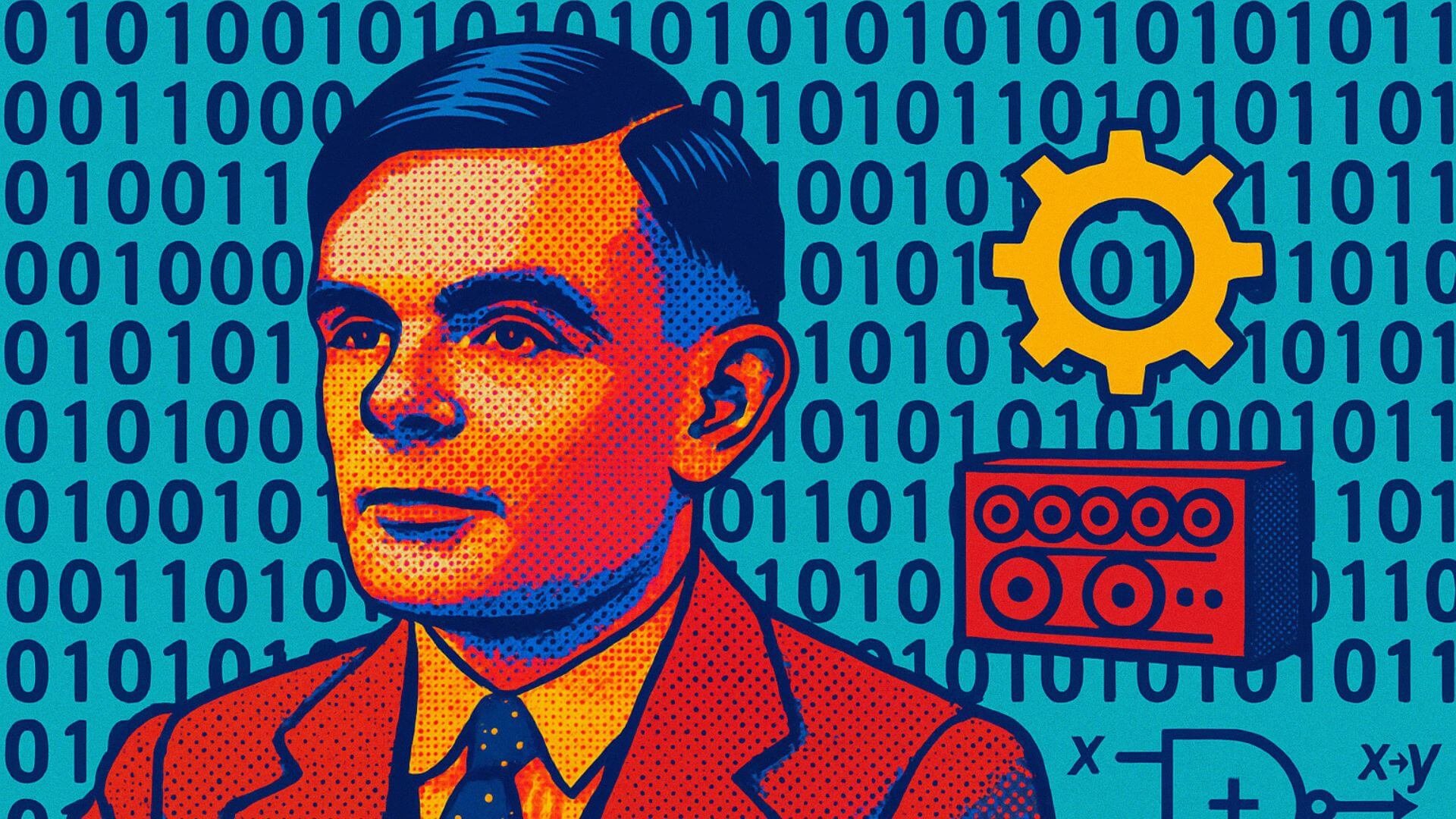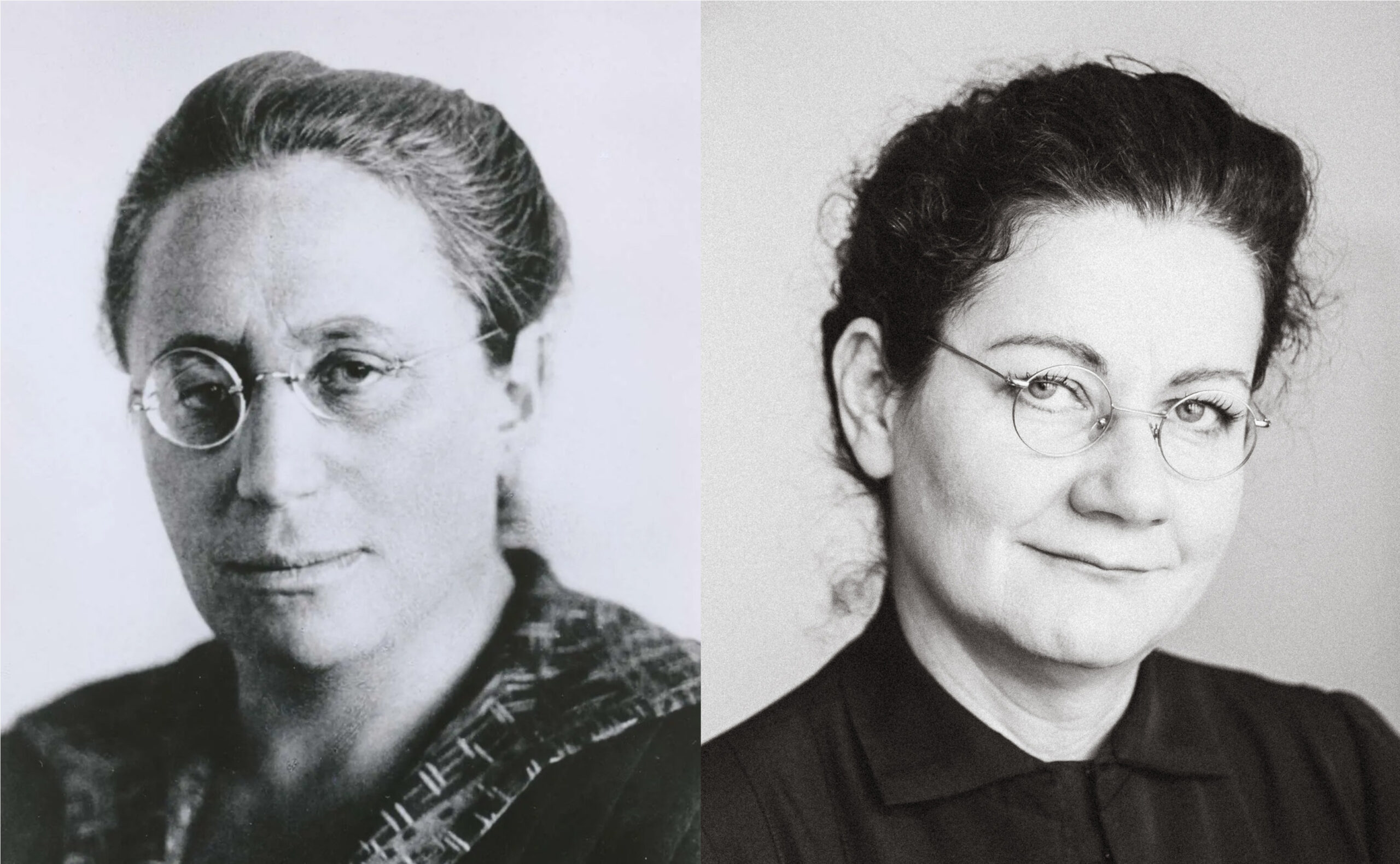Few figures in the history of technology have had an impact as far-reaching as Alan Turing. Renowned as one of the foundational pillars of computer science, Turing’s theories and innovations have shaped not only computational machinery but the very way society perceives information, logic, and artificial intelligence. Understanding Turing’s role in computer science entails tracing his distinct contributions to theoretical frameworks, practical accomplishments, and his enduring legacy across disciplines.
Theoretical Origins: The Turing Machine
The beginnings of the field of theoretical computer science are intimately connected to Turing’s 1936 publication, On Computable Numbers, with an Application to the Entscheidungsproblem. In this pioneering paper, Turing presented what is currently referred to as the Turing Machine. This conceptual machine offered a precise mathematical method to explain computation and laid down the foundation for identifying which problems were algorithmically solvable.
A Turing Machine, as envisaged by Turing, consists of a tape of infinite length, a read/write head that moves left or right, and a set of rules dictating its actions. This theoretical model is not a physical machine; rather, it lays the groundwork for analyzing the limits of computability. Unlike earlier forms of mechanistic logic, Turing’s approach formalized the process of calculation, enabling subsequent researchers to define and classify problems as computable or non-computable. The Turing Machine remains a central pedagogical and practical concept in computer science curricula worldwide.
Computability and the Limits of Logic
Turing’s investigation into the concept of computability tackled crucial philosophical inquiries, such as the boundaries of human reasoning and the capabilities of machine computations. He showed that there exist clearly defined problems which are unsolvable; specifically, problems for which no algorithm can consistently offer a conclusive answer. Among the most renowned outcomes from the idea of the Turing Machine is the Halting Problem. Turing demonstrated that it is not feasible for any universal algorithm to ascertain for every possible program-input combination whether the program will ultimately stop or continue indefinitely.
The implications of this revelation extend deeply into software engineering, cybersecurity, and mathematical logic. By delineating the boundaries of what can and cannot be computed, Turing set the stage for decades of research into complexity theory, algorithmic design, and the philosophical foundations of artificial intelligence.
The Practical Achievement of Turing: Code Breaking and the Dawn of Contemporary Computing
While Turing’s abstract theories were remarkable, his practical achievements during the Second World War arguably changed the course of history. As part of the British Government Code and Cypher School at Bletchley Park, Turing led efforts to decrypt messages encrypted by the German Enigma machine. Building upon Polish cryptologic work, he designed and oversaw the construction of the Bombe—an electromechanical device capable of automating the process of codebreaking.
This work did not merely yield military advantage; it showcased the essential principles of programmable machines under urgent, real-world constraints. The Bombe provided an early, tangible demonstration of automated logical reasoning and the manipulation of symbolic data—precursors to the operations of modern digital computers.
Turing’s codebreaking work underscored the importance and potential of computational devices. Beyond hardware innovation, his methodology illustrated how theoretical models could guide the engineering of machines with specific problem-solving objectives.
The Development of Artificial Intelligence
Alan Turing’s foresight extended past mechanical computation. In his 1950 publication, Computing Machinery and Intelligence, Turing explored the previously unconventional inquiry: Can machines think? To redefine this conversation, he suggested what is currently known as the Turing Test. In this examination, a human examiner engages in text-based conversation with both a person and a machine, trying to tell them apart. If the machine’s replies cannot be distinguished from those of the person, it is considered to have artificial intelligence.
The Turing Test remains a touchstone in debates about machine intelligence, consciousness, and the philosophy of mind. It shifted the conversation from abstract definitions to observable behaviors and measurable outcomes—a paradigm that informs the design of chatbots, virtual agents, and conversational AI today. Turing’s interdisciplinary approach melded mathematics, psychology, linguistics, and engineering, continuing to inspire contemporary researchers.
Historical Impact and Contemporary Significance
Alan Turing’s contributions to computer science form the basis and edge of the field. The theoretical frameworks he established, like Turing completeness, act as standards for evaluating programming languages and systems. Remarkably, a machine that can imitate a universal Turing Machine is regarded as able to execute any imaginable computation, provided there are sufficient resources.
His contributions shaped the evolution of stored-program computers after the war. Innovators like John von Neumann embraced and modified Turing’s ideas to create architectures that serve as the foundation for contemporary computers. Additionally, Turing’s explorations into the concepts of intelligence and consciousness foreshadowed continuing discussions in cognitive science and neuroscience.
Case studies abound: from the proven undecidability in program verification (demonstrating the impossibility of certain automated bug detection), to the ethical considerations surrounding AI, which draw directly from Turing’s original frameworks. The fields of computational biology, quantum computing, and cybersecurity regularly invoke Turing’s principles as guidelines and starting points.
A mind ahead of his time
Alan Turing’s work showcases a distinct combination of deep theoretical understanding, practical innovation, and a forward-thinking vision. He didn’t just define the limits of algorithmic logic but also applied these ideas in groundbreaking wartime technology and lasting philosophical dilemmas. Each algorithm, every secure message, and every advancement in artificial intelligence resonates with the fundamental questions and frameworks he established. The path of computer science, from its inception to today’s advancements, remains connected with the influence of Alan Turing—a legacy embedded in the reasoning behind every computation and the goal of each new development.





